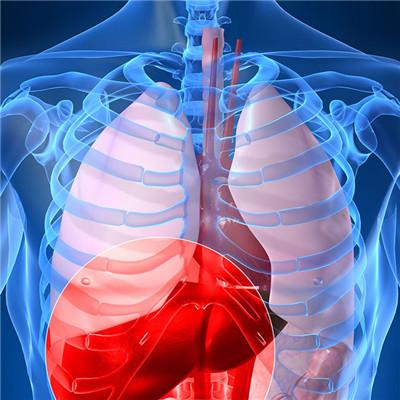What is gastrointestinal dysfunction?
summary
Acute gastrointestinal dysfunction is an acute pathological change of gastrointestinal tract secondary to trauma, burn, shock and other systemic diseases. It is characterized by gastrointestinal mucosal damage, motor and barrier dysfunction. This disease is not a group of independent diseases, but a part of multiple organ dysfunction, including acute gastric mucosal lesions (stress ulcer), acute acalculous cholecystitis, intestinal flora and toxin translocation, critical illness related diarrhea, slow or disappearance of intestinal peristalsis caused by nerve paralysis, etc.
What is gastrointestinal dysfunction?
Peritonitis, gastrointestinal ischemia, anoxia and continuous abdominal distension cause bacteria in the intestinal cavity to pass through the intestinal wall and enter the abdominal cavity; If the ulcer develops and invades the plasma muscular layer of gastrointestinal tract, perforation of ulcer may occur, leading to diffuse peritonitis, tension of whole abdominal muscle, tenderness and rebound pain.
Abdominal distension, abdominal pain due to intestinal peristalsis weakened or disappeared, resulting in flatulence, intestinal content accumulation, intestinal paralysis, digestive and absorption dysfunction. Continuous abdominal distension can increase the tension of intestinal wall and aggravate microcirculation disturbance; Increased abdominal pressure affects respiration and aggravates hypoxia. Abdominal distension in critically ill patients is often a sign of deterioration and irreversibility.
Gastrointestinal bleeding gastrointestinal mucositis necrosis caused by gastrointestinal bleeding, such as lesions invading submucous membrane, can appear ulcer bleeding. The hemorrhage focus is often diffuse, which can vomit blood or relieve tarry stool. Massive hemorrhage can lead to hemorrhagic shock and anemia. Gastroscopy showed scattered bleeding points or ulcers.
matters needing attention
Generally, it is not suitable for surgical treatment. However, the patients with acute acalculous cholecystitis, gastrointestinal perforation and diffuse peritonitis should be treated with surgery in time. Surgical treatment should be combined with abdominal drainage. It is also necessary to consider the surgical hemostasis for the continuous bleeding which is ineffective in non-surgical treatment. In addition to suture hemostasis, gastrectomy can be performed. Bilateral vagotomy and distal gastrectomy are commonly used.


















